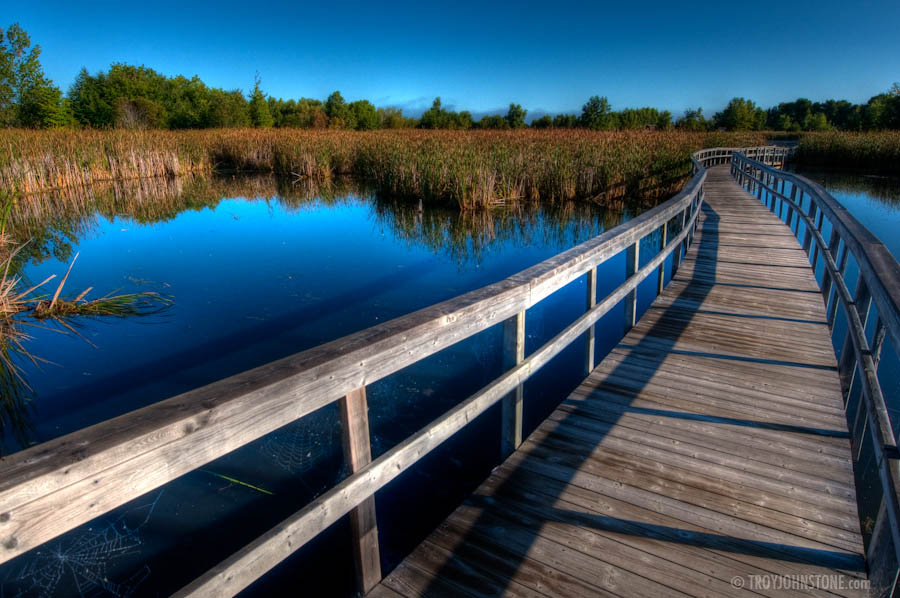 Feeding: Some of the obvious ones that I noticed was the differences in foraging techniques. There are two main categories for ducks: dabbling and diving. The type of duck they are is illustrated in this name that we have given them. But also, there are trends within other parts of the waterfowl community. Such as geese, usually being grazers and swans are typically dabblers.
Feeding: Some of the obvious ones that I noticed was the differences in foraging techniques. There are two main categories for ducks: dabbling and diving. The type of duck they are is illustrated in this name that we have given them. But also, there are trends within other parts of the waterfowl community. Such as geese, usually being grazers and swans are typically dabblers.Reproduction: A trend was seen in the age of first breeding. Most geese, swans, and "younger" ducks (in the scale of evolutionary time) began their reproduction around the age of 2 years. Whereas the "older" ducks in the evolutionary scale of time tended to begin breeding as yearlings. The sexually dimorphic duck family was monogamous for shorter periods of times than the sexually monomorphic geese and swans.
Migration: Many of these waterfowl (the migratory ones at least) migrate in coordination with the weather but in different fashions. Animals living in Africa tend to migrate with the rain. Animals living in the northern hemisphere tend to migrate with the changing daylight and temperature.
Endangered species: Endangered species live on isolated lands such as New Zealand for the Blue Duck and the Hawaiian islands in the Nene.
The significance of these trends or if they are even true trends is uncertain as far as I am concerned. However, from the survey I conducted on my selection of 24 waterfowl, these are patterns that were most evident.
No comments:
Post a Comment